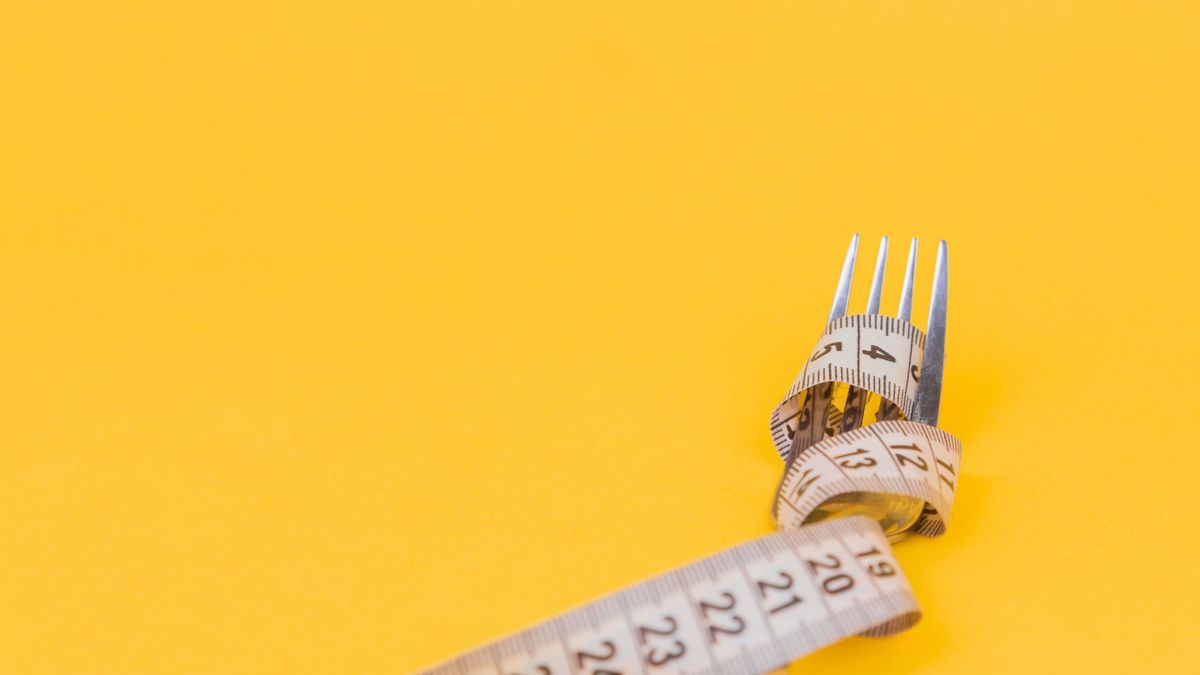
YOGYAKARTA - You may have heard of many food plans around calorie intakestarting from calculating calorie deficits, to out-calorie calories (CICO), to low-calorie diets. But one principle of weight loss that is still tried and true is staying in the calorie deficit, or when you spend more calories than you consume.
However, if you've never tried this weight loss method before, it can be very tiring. Because calories are found in macronutrientscarbohydrates, proteins, and fatshow do you decide which one to eat and which one not? How do you calculate the calorie content of different foods? And most importantly, how do you determine how many calories your body needs individually to keep the calorie deficit?
Before you start spinning, here are all the answers to your questions from nutritionists.
There are several formulas out there to help you calculate your calorie needs, but a study published by the Journal of the Academy of Nutrition and Dietetics found that Mifflin-St. Jeor's equity is very accurate. This similarity calculates your basal metabolic rate (BMR), which is the minimum number of calories burned by your body during breaks.
Men = 66.5 + (13.7 × weighing) + (5 × height) (6.8 × age)
Women = 655 + (9.6 × weighing) + (1.8 × height) (4.7 × age)
Certificate:
Weight is listed in kilograms (kg)
Height is listed in a centimeter unit (cm)
For example, here's how to calculate BMR in men.
Genderity: male
Weight: 70 kg
Height: 170 cm
Age: 25 years
Answer:
BMR = 66.5 + (13.7 × weight) + (5 × height) (6.8 × age)
BMR = 66.5 + (13.7 × 70) + (5 × 170) (6.8 × 25) = 2,045.5
So, the number of BMR calories needed by the man is 2,045.5 calories per day.
How do you know my calorie deficit to lose weight?
There are many different ways to know the right calorie deficit, and some are more accurate than others. There are various ways to calculate calorie needs, but Angelone says he usually uses Harris-Benedict's common, Mifflin-St Jeor's commonness, or Formula Katch-McArdle with his clients. Here's how to find out your deficit in some different ways.
With your doctor or nutritionist
Every practitioner has a slightly different approach. Angelone will calculate based on body size such as weight and height, along with training levels. And Gans prefers a simpler approach. I try to ignore mathematics and instead focus on my patients to make minor changes that can naturally lead to weight loss, he said.
But some practitioners may even send you for metabolic testing, which measures how many calories you burn during breaks (like when you're sitting), to try to get an accurate figure.
How to Achieve a Kalori Deficit
There are several different ways you can do to create a calorie deficit and, ideally, you include a combination of all these changes.
Do more strength training. Exercise, in general, can help burn more calories, but exercise strength helps increase your body's energy needs, increase the number of calories you burn during breaks, Angelone says. The muscles need calories or energy 24/7, so if you have more muscle mass, you will need more calories to maintain weight. That way, you don't have to reduce as much food as possible to make a deficit, he said.
Reduce your carbohydrate intake. Your body converts most of the carbohydrates in your body into sugar, and those calories are always absorbed or stored in your body for use later, says Angelone. Reducing your carbohydrates means your body will save less for the future.
Add more healthy protein, fiber, and fat to your diet. Wake up your food with high fiber foods, such as fruits and vegetables, so you stay satisfied even though your dish size may be smaller than usual, said Gans. Adding more fiber, protein, and healthy fat to your food will "help you stay full longer and help you eat less," added Angelone.
Stop eating after dinner. This is usually the best way to get a deficit, according to Angelone. Most people have met their calorie needs at the time, so eating after dinner or before bed only adds extra calories, he said.
Create a food journal. Yes, you've heard of it before, but it really works. Write down what you eat regularly can open your eyes, and can also help you plan where you can reduce it. "Just monitor the amount you eat," Angelone said. Reduce it a little bit from there to avoid being too hungry, then eat too much later.
Use the app. Ehsani is a fan of the MyPlate Kalori Calculation app, which has a feature called Get Your MyPlate Package, which helps you know how many calories you need per day, then gives you an example of how much portion of the main food groups you need each day.
After knowing how to calculate a calorie deficit, see other interesting news on VOI, it's time to revolutionize news!
The English, Chinese, Japanese, Arabic, and French versions are automatically generated by the AI. So there may still be inaccuracies in translating, please always see Indonesian as our main language. (system supported by DigitalSiber.id)







